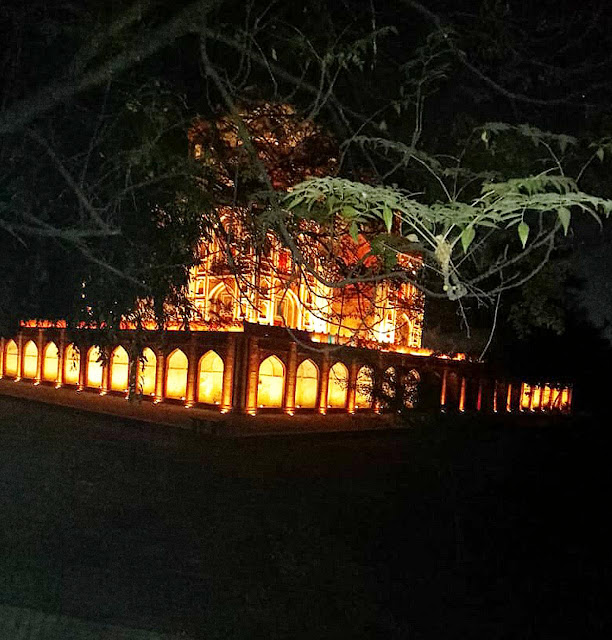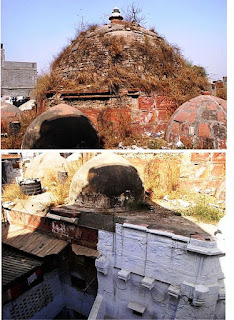Hampi, Mysuru selected for development under Swadesh Darshan 2.0
.jpg)
Hampi and Mysuru in Karnataka have been selected for development under Swadesh Darshan 2.0. scheme . Mysuru and Hampi are among the 19 places identified across the eight states and UTs in India to be promoted under the Swadesh Darshan 2.0 Scheme. Ministry of Tourism has revamped its Swadesh Darshan scheme as Swadesh Darshan 2.0 with the objective to develop sustainable and responsible tourism destinations, following a tourist and destination-centric approach. Swadesh Darshan Scheme Swadesh Darshan Scheme aims to promote, develop and harness the potential of tourism and integrated development of theme-based tourist circuits in India. It is a Central sector scheme launched in 2014-15 by the Ministry of Tourism and Culture. Under the scheme, the Ministry of Tourism provides financial assistance to the State government for the infrastructure development of circuits.
.jpg)


